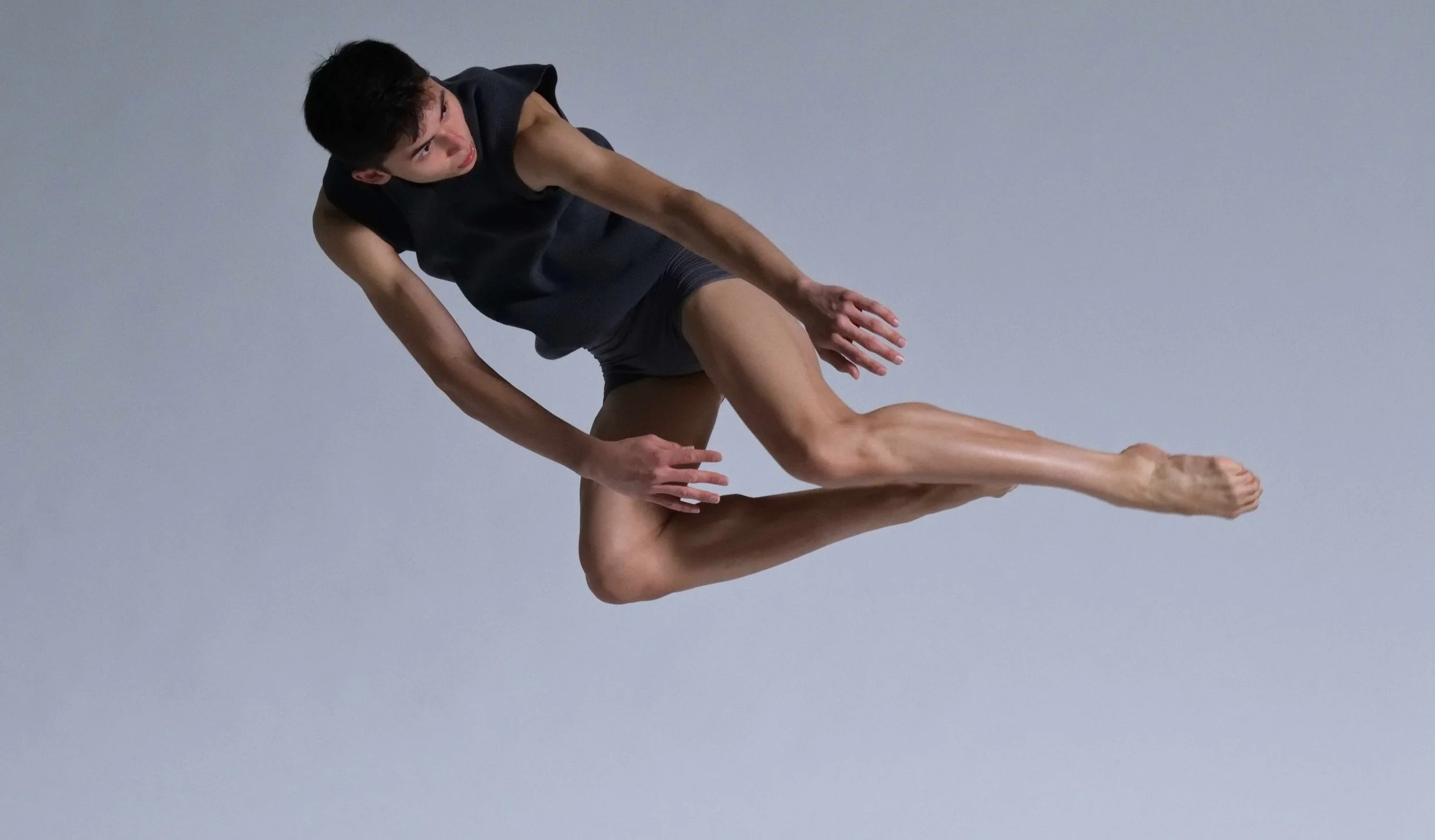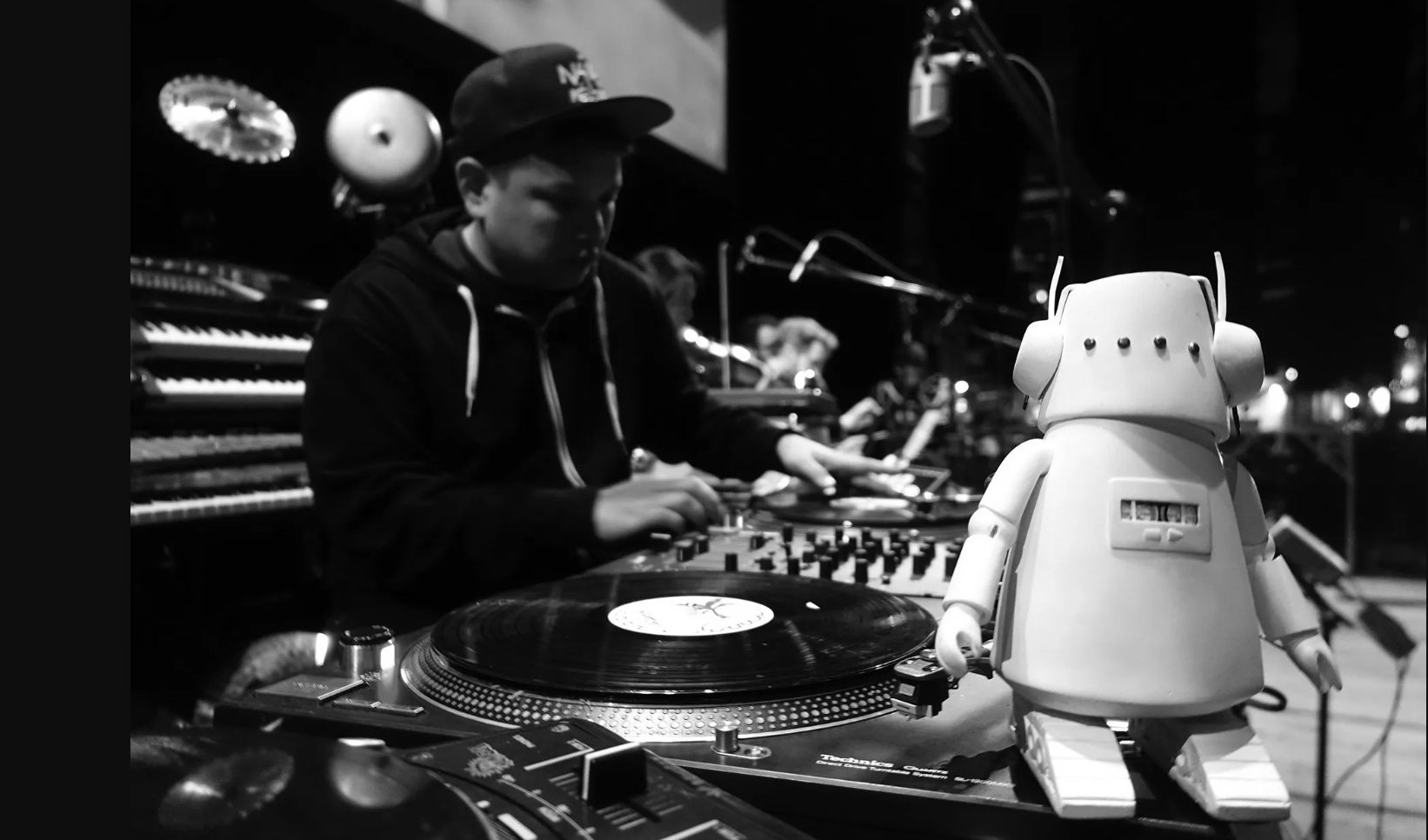Helen Walkley's John delves into the disappearance of her brother more than 50 years ago
A collection of letters helped inspire the dance-theatre duet for Josh Martin and Billy Marchenski
Josh Martin and Billy Marchenski in John. Photo by Chris Randle
The Firehall Arts Centre presents John from January 12 to 15
WHEN VANCOUVER dance artist Helen Walkley’s older brother John disappeared in 1969, it wasn’t something her parents discussed openly. As a 13-year-old girl, she knew they were preoccupied with the tragedy–but, it was a different time.
“I was very close to my brother; he was 10 years older than me. There was something about his way of thinking that was profoundly influential to me in my life,” she reflects. “At the time he disappeared there wasn’t a lot said about it; it wasn’t like we sat down as a family and talked about it.”
What reopened the subject for her, almost five decades later, was reading the dozens of letters, dating from 1959 to 2010, that she inherited after her father’s death. The correspondence included notes from John to his parents, as well as letters from his parents to psychiatrists, trying to unravel his mental illness, and then to other contacts in a desperate attempt to track him down.
Letters from doctors, social workers, and pastors shed further light on the mental health issues that led to John’s disappearance–but also on attitudes around his illness in that era. “In mid-to-late ’60s, mental health was at a very different moment in its cultural understanding, so from that point of view it was interesting to read what they were saying,” Walkley says.
Those letters have in turn inspired a dance work that has opened the story up even more. The creative team brought their own experiences of loss, grief, or mental illness to the work. And then, when Walkley first presented the piece, called simply John, at the 2019 Dancing on the Edge festival, she saw audiences share their own painful memories after seeing the show. Walkley is bringing back the two-hander, featuring performers Billy Marchenski and Josh Martin, to try to widen and deepen that conversation even further.
Helen Walkley. Photo by Chris Randle
“That was the beauty of creating this work: not only the sharing between the participants of this work, but that expanded out to the public,” she says. “Feeling and seeing and sensing that–dropping the pebble in the pond and seeing it ripple out–was very opening to me. And I have felt how that's touched my life.”
Walkley, a veteran of the dance scene who has worked around the world and who won last year’s Isadora Award for lifetime achievement from the Dance Centre, considers John a “memoir”. To create it, she blends her own reflective writing with excerpts from nine key letters in her collection. From there, she gave freedom to her creative team–including composer and longtime collaborator James Maxwell and lighting designer James Proudfoot–to bring their own interpretations to the source material.
She says the piece lent itself naturally to a duet. In many sequences, Marchenski, who is an actor as well as a dancer, reads directly from the letters while Martin expresses the turmoil or struggle in the words through movement. At times, the dancers work in unison, as a singular force; at others, Walkley suggests, you can see them as representing “two sides to the same coin”. “There is a reflection, and then there are differences in them as people,” she explains.
Walkley, best known for her own solo pieces, has worked often with text in her career. But she tells Stir it has never been a starting point or driving force in quite the way the written word is in John.
The artist may have lost her brother all those decades ago, but at least she has the letters–and some tangible record that she can now pass on, through dance.
“I have been an enormous letter writer in my life. I still send paper post and I love when people send me post,” she says. “It's a beautiful form.”














